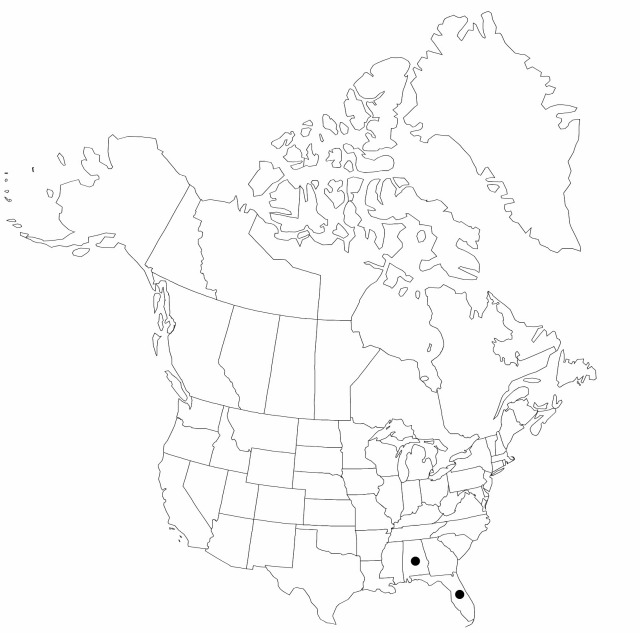Difference between revisions of "Lipocarpha microcephala"
Enum. Pl. 2: 268. 1837.
Basionym: Hypaelyptum microcephalum R. Brown Prodr., 220. 1810
FNA>Volume Importer |
FNA>Volume Importer |
||
| Line 10: | Line 10: | ||
|name=Hypaelyptum microcephalum | |name=Hypaelyptum microcephalum | ||
|authority=R. Brown | |authority=R. Brown | ||
| + | |rank=species | ||
|publication_title=Prodr., | |publication_title=Prodr., | ||
|publication_place=220. 1810 | |publication_place=220. 1810 | ||
| Line 36: | Line 37: | ||
-->{{#Taxon: | -->{{#Taxon: | ||
name=Lipocarpha microcephala | name=Lipocarpha microcephala | ||
| − | |||
|authority=(R. Brown) Kunth | |authority=(R. Brown) Kunth | ||
|rank=species | |rank=species | ||
| Line 52: | Line 52: | ||
|publication year=1837 | |publication year=1837 | ||
|special status= | |special status= | ||
| − | |source xml=https://jpend@bitbucket.org/aafc-mbb/fna-data-curation.git/src/ | + | |source xml=https://jpend@bitbucket.org/aafc-mbb/fna-data-curation.git/src/f50eec43f223ca0e34566be0b046453a0960e173/coarse_grained_fna_xml/V23/V23_346.xml |
|genus=Lipocarpha | |genus=Lipocarpha | ||
|species=Lipocarpha microcephala | |species=Lipocarpha microcephala | ||
Revision as of 21:07, 16 December 2019
Culms 7–35 cm × 0.5–0.8 mm. Leaves longest involucral leaf spreading to reflexed, 3–10 cm × 1.5–1.7 mm. Inflorescences: spikes (1–)2–4(–5), ovoid, 2–8 × 2–4 mm; bracts 2–3, 1–13 cm × 1–2 mm. Spikelets: floral scales 2–3; 1st scale obtrullate, 1–1.8 × 0.2–0.3 mm, apex acuminate, outward curving 0.2–0.3 mm; 2d scale sometimes absent, oblong, 0.6–1.1 × 0.2 mm; 3d scale sometimes absent, oblong, 0.6–1 × 0.2 mm; stamens 1–2; anthers 0.25 mm; stigmas 2. Achenes narrowly ellipsoid to obovoid, terete, 0.7–1 × 0.15–0.20 mm, 3.5–5 times long as wide.
Phenology: Fruiting summer.
Habitat: Wet, disturbed sites in pinelands
Elevation: 50 m
Distribution

Ala., Fla., Asia, Australia.
Discussion
Selected References
None.
Lower Taxa
None.
